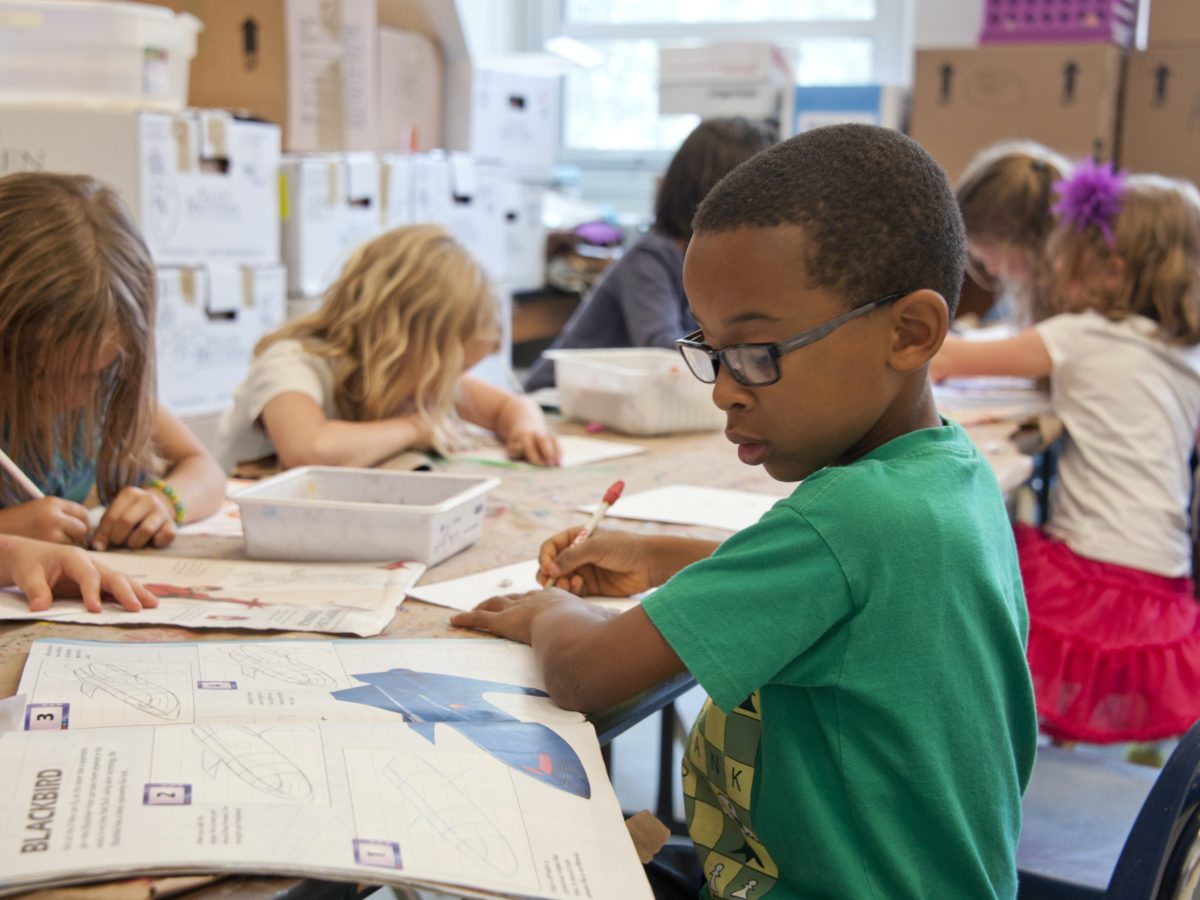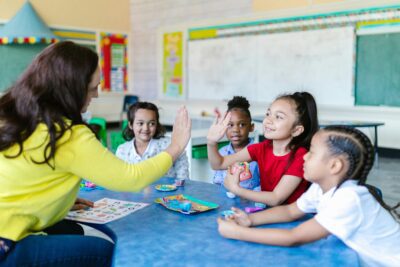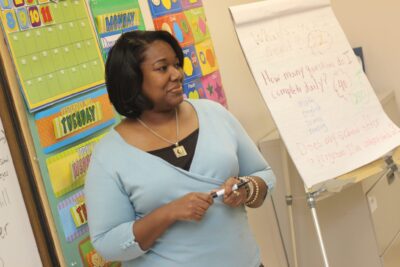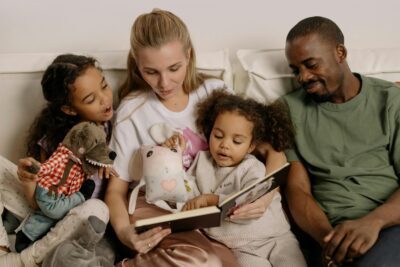
|
|
Editor’s Note: The third brief of an eight-part series from the North Carolina Early Childhood Foundation is embedded below on classroom experiences while aligning reading instruction with the “science of reading.”
There are many things that beginning readers need to learn on the pathway to becoming proficient readers. These things are often described as a two-stranded reading rope of skills that twist together to create a skilled reader.
Language Essentials for Teachers of Reading and Spelling (LETRS) training is aligned with the two sides of this reading rope, one strand providing the components of word recognition and the other strand providing the components of language comprehension.
LETRS Units 1-4 highlight the strategies that build word recognition (phonological awareness, decoding, sight recognition), and LETRS Units 5-8 highlight the strategies that build language comprehension (background knowledge, vocabulary, language structures, verbal reasoning, literacy knowledge).
During students’ kindergarten through second-grade years, teachers focus on word recognition. Then, during third- through fifth-grade, the focus often transitions to language comprehension. However, the science of reading informs us that students need instructional exposure to both sides of the reading rope from pre-K to fifth-grade.
The entire brief is embedded below.
Recommended reading




